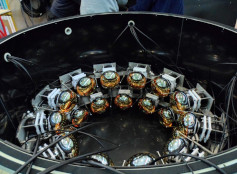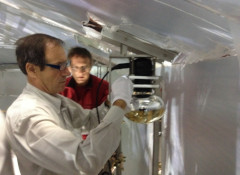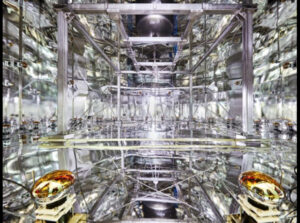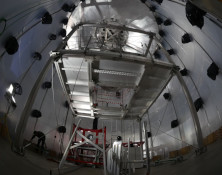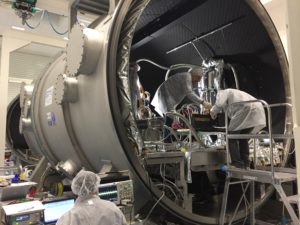PageContent
Prototypes, tests and validations
+ D. Cavazza: Characterization of SiliconPhotoMultiplierMeasurements of characterizations and configurations of SiliconPhotoMultiplier (MPPC / SiPM), for timing, in collaboration with several students which, with my support, have delivered experimental theses on detectors. In recent years I also extended the analysis to new generation silicas, UFSD (Ultra Fast Silicon Detectors) and LGAD (Low Gain Avalanche Detectors),developing, for the latter, scintillator detectors (direct contact or optical fiber) and acquisition systems both CAMAC and VME, all interfaced with Labview-based DAQ.
|
|
Preparation of the units to be tested in the vacuum chamber, called ERIOS at the Laboratoire d’Astrophisique de Marseille (LAM), in Marseille. |
|
After completing the integration of the various units, ERIOS is hermetically closed and brought to temperature and pressure typical of the deep space. |
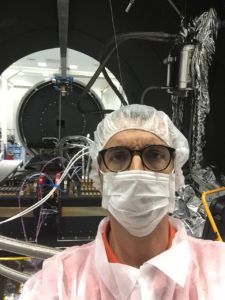 |
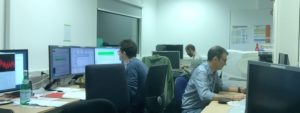 |
Special scripts are run remotely to test the units under study. |
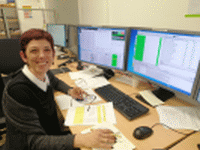 |
+ A. Chiarini: Testing and installation of photomultipliers for muon veto systems for XENON I contributed to the design and assembly of the cosmic muon veto system for the XENON1T detector, at Gran Sasso National Laboratories. The veto is composed out of a system of photomultipliers on which functional tests are run in diverse environmental conditions at the Bologna section. To this extent, I contributed to the realization of a light-tight box and a system of triggers with optic fibers that allowed testing of a batch of 8 photomultipliers n parallel. Afterwards, other long-duration tests took place at LNGS on photomultipliers in water using a small water tak, a cylindrical structure 1.5m high with a 2m diameter, accompanied with a mechanical support that allows testing groups of up to 24 photomultipliers. In the installation phase of the muon vet system for XENON1T, at LNGS, I collaborated to the application of a reflecting sheet on the lateral walls of the water tank (10m high and 10m diameter) that contained the XENON1T detector, and subsequently to the installation of photomultipliers.
